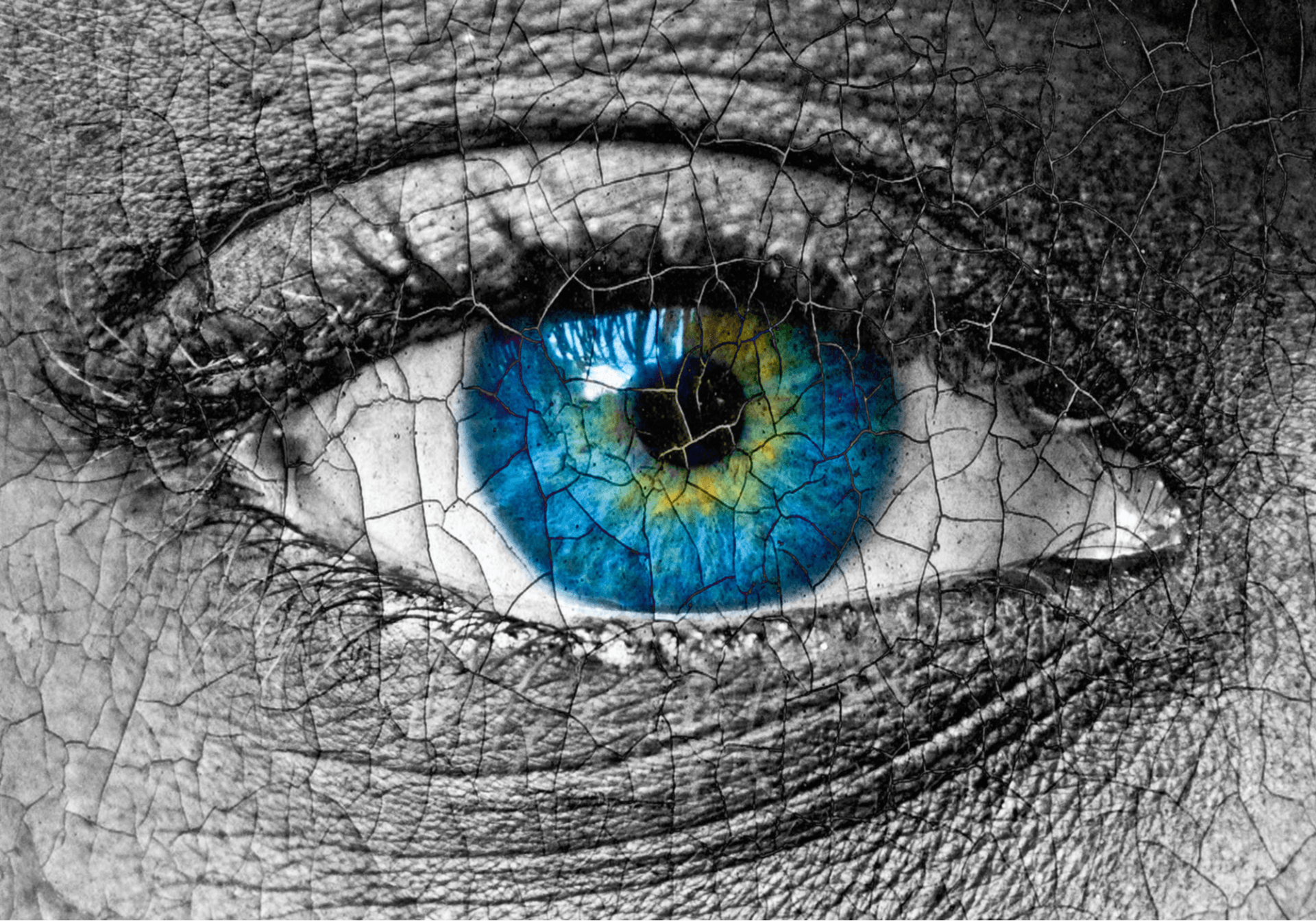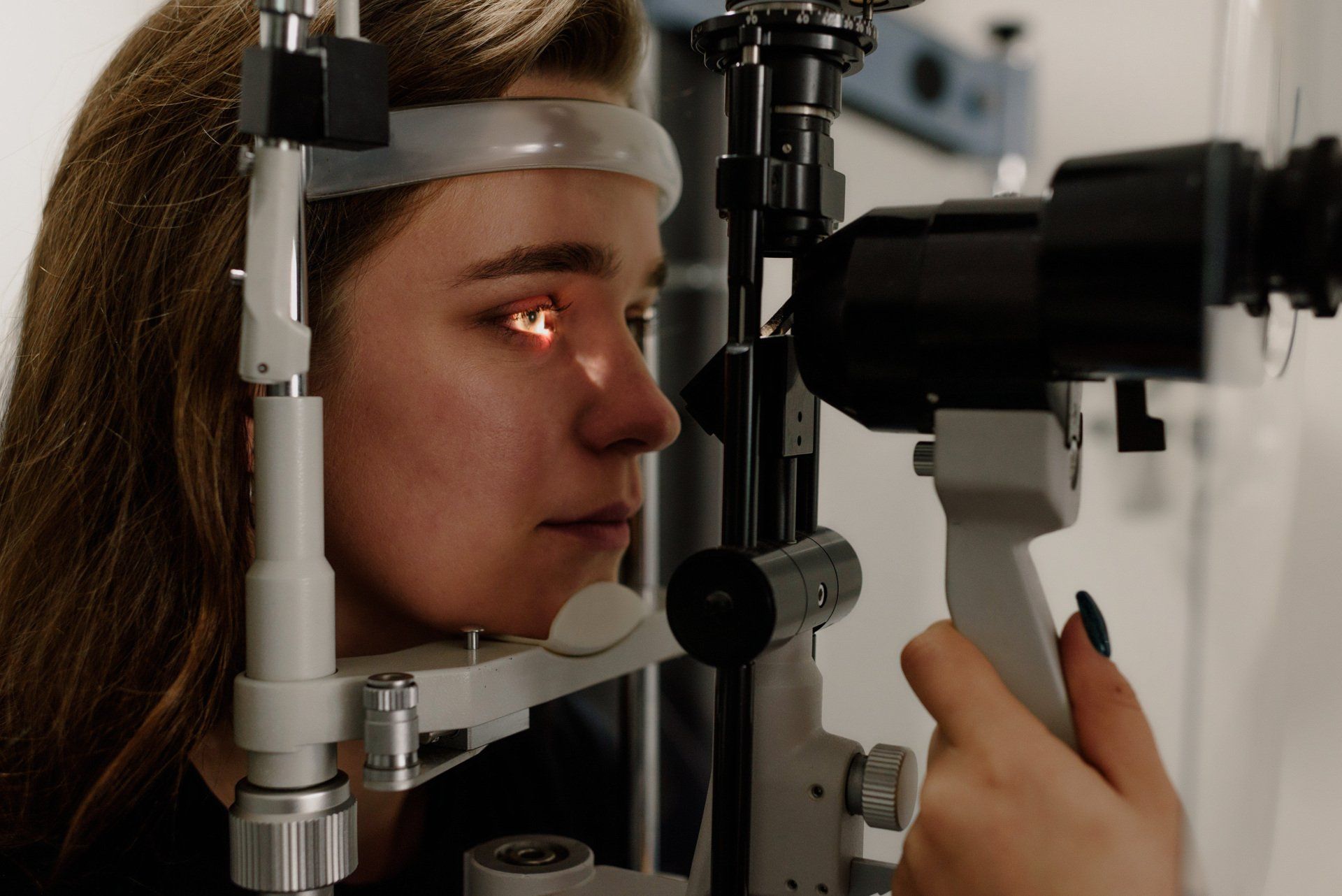Astigmatism is very common and treated much like being near or farsighted

What is astigmatism?
Simply put, astigmatism is an abnormally shaped eye (either the lens or the cornea). A normal eye is shaped like a basketball, perfectly round and evenly cylindrical. An eye with astigmatism is shaped more like a football, with uneven curvature. When the eye is not normally shaped, light entering the eye isn’t sharply focused, which results in blurry vision. There are two types of astigmatism:
1. Corneal: Corneal astigmatism is the more common type of astigmatism, where the very surface of the eye (where you place a contact lens) is abnormally shaped.
2. Lenticular: Lenticular astigmatism is a distorted lens inside of the eye. The lens sits behind the pupil.
Symptoms
Astigmatism can cause blurry or distorted vision, eye strain, headaches, or squinting. Some people have never known the difference between having fully corrected vision and living with the blurry vision associated with astigmatism. It’s important to have yearly eye exams so that your doctor can properly diagnose and help correct for any prescription your eyes need to see clearly.
How do I know if I have astigmatism?
If you routinely see your eye doctor, any astigmatism you may have in your prescription was likely discussed with you. If you wear contacts and have astigmatism, your contacts are called Toric lenses and are specifically designed for the amount of astigmatism you have. A prescription may have three elements if you have astigmatism:
1. Sphere: measures the amount of nearsightedness (measured with a negative number, like -1.00) or farsightedness (measured with a positive number, like +1.00). The higher the number, the higher your prescription.
2. Cylinder: measures the amount of astigmatism in the eye, can be measured in either negative or positive numbers (depending upon the doctor’s preference).
3. Axis: measures the actual location of the irregularity on the cornea or lens. Axis is measured like degrees of an arc, from 0 to 180 degrees.
A specialist’s office can take detailed scans of your cornea, called topography, which shows the amount and type of astigmatism in your cornea. It also details all elevations and imperfections of the cornea, giving a highly detailed “map”.
How is astigmatism treated?
It is important to understand that astigmatism is both common and normal. Just like someone who is nearsighted (myopic) or farsighted (hyperopic), astigmatism is a refractive error. Often, astigmatism is accompanied by either myopia or hyperopia. Most commonly, astigmatism is corrected with either contact lenses (Toric lenses) or glasses. However, many people don’t realize that corneal astigmatism can be treated easily with LASIK. Astigmatism, along with myopia or hyperopia can all be treated at the same time during a LASIK procedure.













